Opposition analysis: Bournemouth (A)
A look at what data tells us about about what we can expect from Iraola's team as Newcastle United travel to the south coast.
Welcome to a bite-sized opposition report on Newcastle United’s next opponent, Bournemouth AFC.
As mentioned last week, these posts aren’t supposed to be a full breakdown of every little thing that might happen across various aspects of play e.g. build-up shapes, set-pieces, out-of-possession pressing styles, etc, because doing it to the same degree as I would inside a club is impractical and would be too long for a newsletter, so instead this is your bite-sized overview of things to expect/look out for.
Current Form
Since the turn of the year, Bournemouth’s chances conceded and created have generally been getting worse. Where there was clear daylight between their xG for and against has been reduced to parity between the two metrics.
This has generally been reflected in their results during that time, where, after a lovely run of five home games in six, they began to falter as the 23/24 season reached its conclusion.
This includes the opening weekend of the new season, where they battled back to gain a 1-1 draw away at Forest in the dying embers of the game.
Team Shape & Style of Play
Against Forest, Bournemouth lined up in a 4-2-3-1 formation. Looking back at the last few months of the 23/24 season, this appears to be a settled system that Iroala prefers to start matches with. I can’t speak to every individual in-game adjustment he’s ever made, but it feels likely this is what he’ll go with.
While these are the nominal positions on the team sheet, a look at the pass networks vs. Forest reveals little. Based on their average positions with the ball, at face value, you might say there’s something of a box midfield here. But knowing that the front four was compensating for the loss of Solanke (& having looked at each man’s passing chart) it seems each of the attacking midfielders took some of the responsibility to offer options in central areas and interchanged roles with some fluidity, resulting in their average position being brought to the middle of the pitch.
A look at how they set up during the 2-2 draw at St James’ Park is perhaps a little more indicative of what we can expect when Bournemouth have the ball. Lewis Cook generally sits a little deeper leaving Alex Scott to link to the attack, while he protects the back four and keeps possession.
Generally speaking, unlike Southampton, possession isn’t a massive part of Iroala’s preferred way to attack and defend. Instead, he favours a more direct speed of play towards the opposition’s goal, with vertical passing and the pace of the wide players to carry the ball. From goal kicks, Bournemouth used a mixed approach. Though they always went short vs. Forest, when they need to they’re happy to go a little longer to a big guy up top, win the duel or second ball and play for territory like a rugby team. It’ll be interesting to see whether they risk playing through Newcastle’s press or choose to go over it.
Without the ball, Iraola’s team presses intensely all over the field. So expect the likes of Livramento, Hall, Guimaraes, Joelinton and Longstaff to be tested in Newcastle’s build-up phase which hasn’t looked great for a while. If he was fully fit and there weren’t rumours about him leaving, it’d be a game I’d be tempted to play Trippier in to help with this.
However, the return of Pope in goal is likely to mean that we’ll see a few more longer balls to the left wing to start possessions instead of playing through the press. So the onus will be on Isak/Joelinton to win the first contact and the rest of the team to win any second balls from these duels.
When you do beat Bournemouth’s press, the rewards are plentiful. They give up 0.10xG per shot conceded and 2.5 clear shots per 90. Against Forest, that number rose to 5, as they reaped some rewards for their low-block, counter-attack style.
So where do Bournemouth leave space? Well, a look back at ‘Where Teams Allow Space’ from last season shows that wherever you try to pass through them, you’re likely to be under pressure.
That being said, Forest found a bunch of success targeting their left-hand side. Though Gordon didn’t look at his best vs. Southampton you’d fancy him to win his battle against Smith and for Joelinton to exploit any space that Alex Scott leaves too. If Newcastle’s goalscorer can bully Scott physically, then in theory Howe’s men could get some joy down that side.
Key men
In terms of specific threats, as we saw last season Semenyo HAS to be respected. He has the speed and has a growing body of evidence that he’s an above-average finisher. I do wonder whether Howe will be tempted to bring in Kelly at Left Back (if he doesn’t play him at Centre Back) to counter his threat. One to watch.
Additionally, Tavernier is perhaps an even more important player for the south coast team. While he lacks the final action output of some of his teammates his creative passing tends to be the pass before the final ball that unlocks defenses.
There’s also a chance we’ll see new signing Evanilson start the game. He’s a player with a Champions League pedigree that caused Arsenal real problems last season. He’s a real upgrade in terms of creative passing and link-up play on Solanke. How well he adapts to the Premier League in a less than dominant is an open question, but he’s a proper handful.
Conclusions
So where is this game won or lost? Well for a start Newcastle will need to use the ball better than they did in the open 30 versus Southampton. It was all a bit too sloppy and disconnected, if we start like that again Bournemouth’s press will generate shots. We’ll also need to do a better job than we did last season in managing defensive transitions. Bournemouth have a heap of pace in attacking midfield and if Evanilson does play, then whoever is marking him (be it Krafth, Burn or Kelly) will have to show him how hard it is to win duels in the Premier League. If he gives Iroala’s men a platform to process the ball vertically it’ll be tough sledding for Howe’s men.
Specifically, Joelinton vs. Alex Scott feels like the key battle for a successful time here. If the big bruiser from Brazil can bully the youngster and force him back, then it’ll restrict the quality Scott supplies to any forward players. On the same side, the 33-year-old Smith vs. Gordon (and Barnes) is another area we should be targeting, in terms of player quality it’s a real mismatch that we need to target again and again.
More generally, the silly Red Card meant that we didn’t really get a chance to see how Newcastle’s performance vs. Southampton might’ve improved as the match wore on and the team found solutions. But it did give a reminder of the stubbornness that was the hallmark of the 22/23 but went missing in 23/24. That mentality saw us lose just five games and it was nice to see the DNA of Shithouse FC still runs through the team. That DNA is what turns defeats into draws and draws into wins. While this weekend’s game is tricky to predict, I find it hard to believe we’ll be anywhere near as bad as last year’s 2-0 defeat at the Vitality Stadium.
I’ll go 1-0 to Newcastle. HWTL 🙌

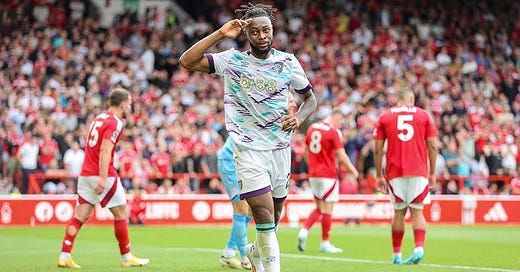




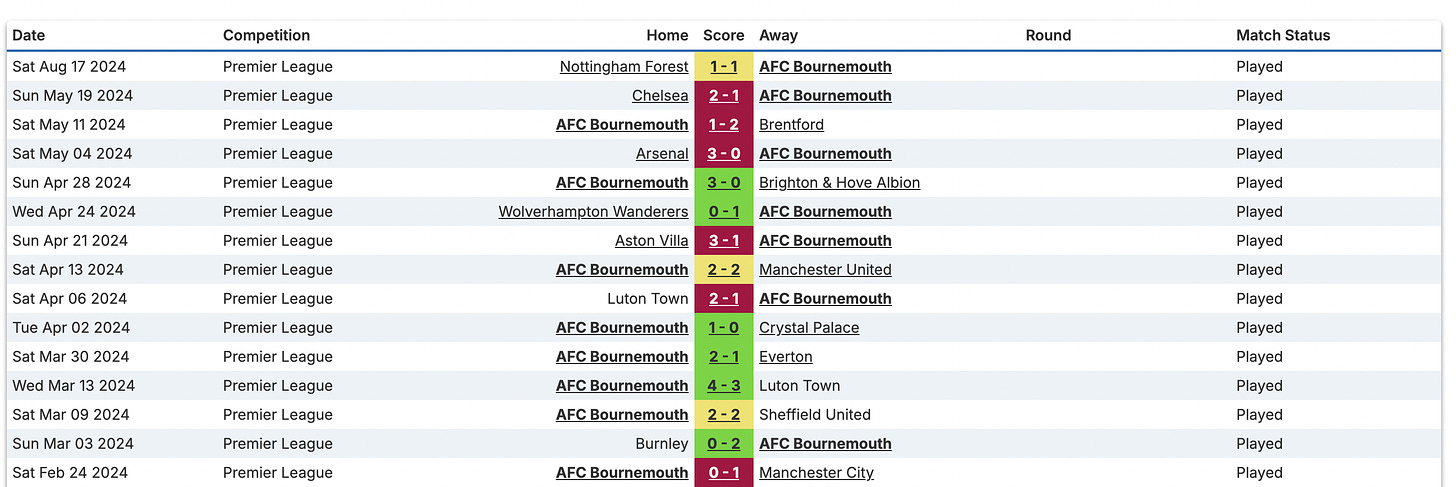

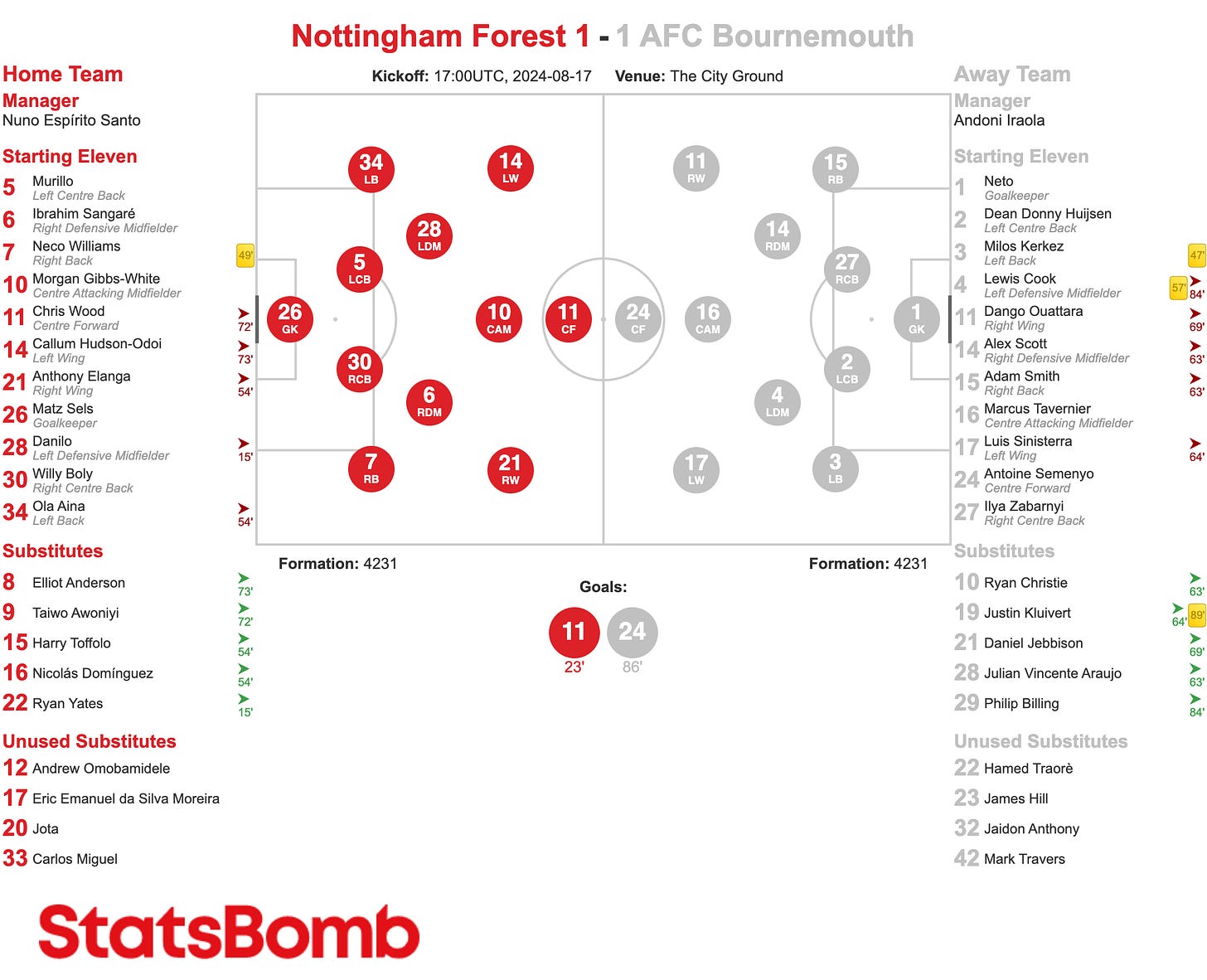
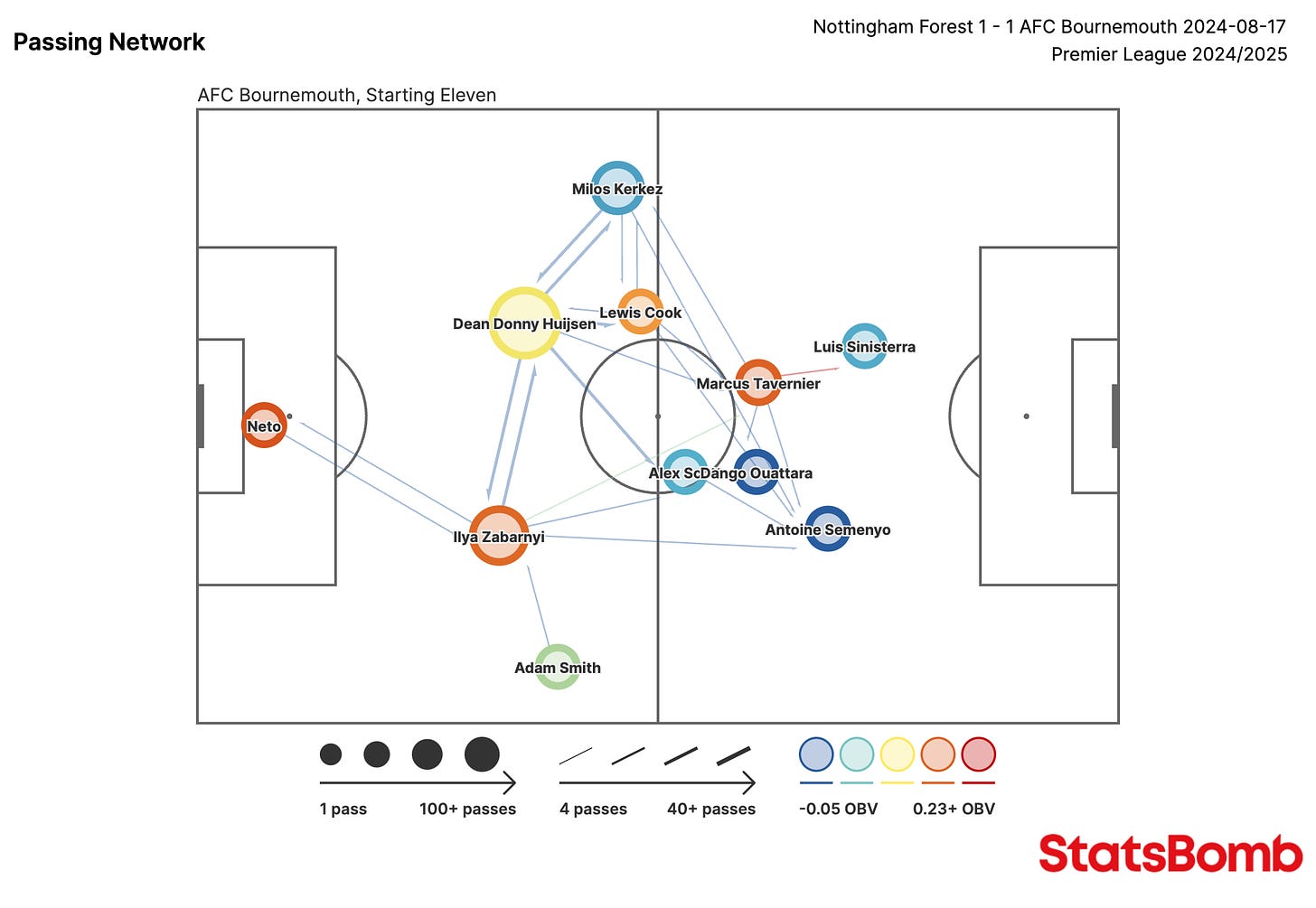






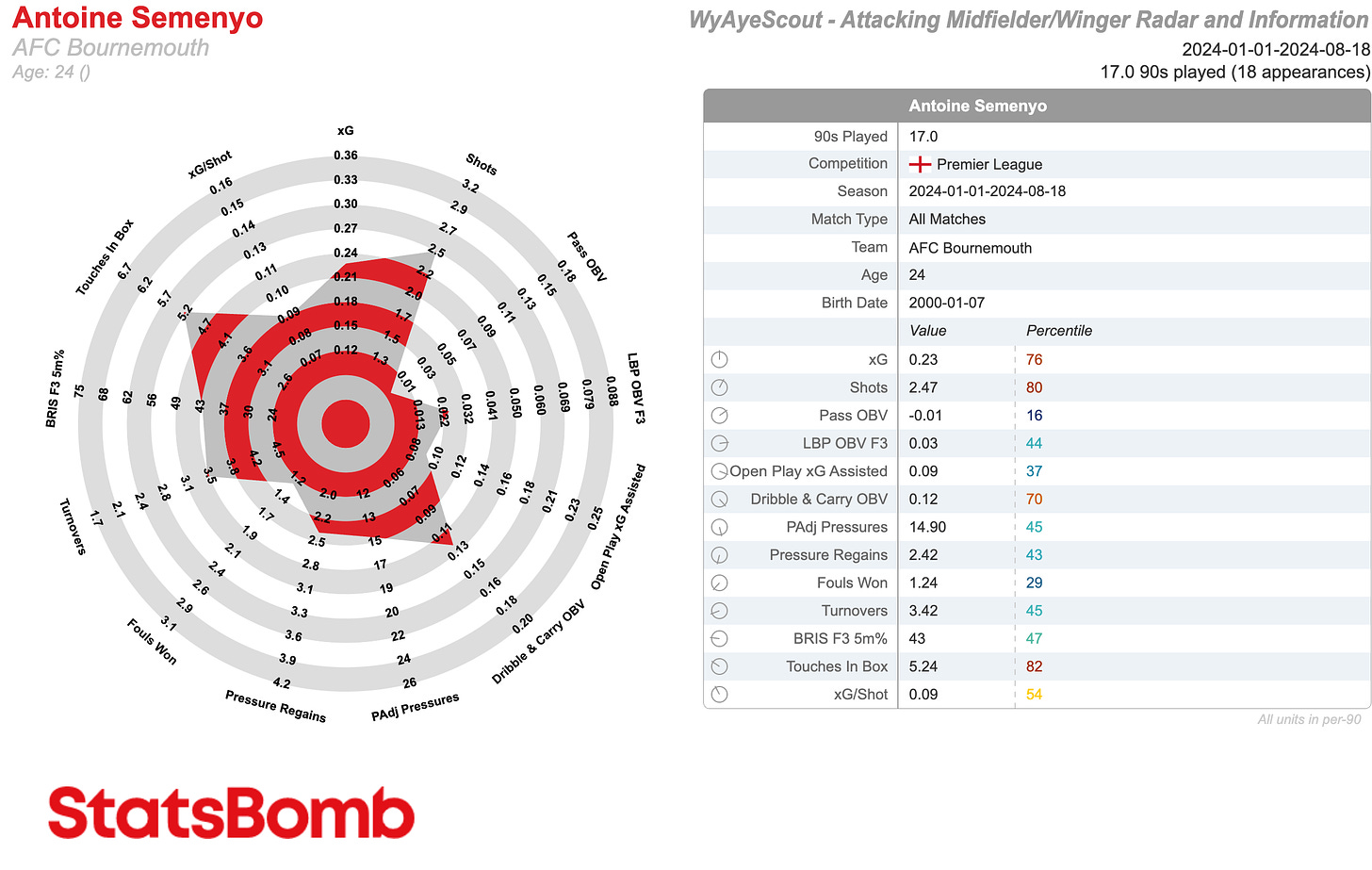

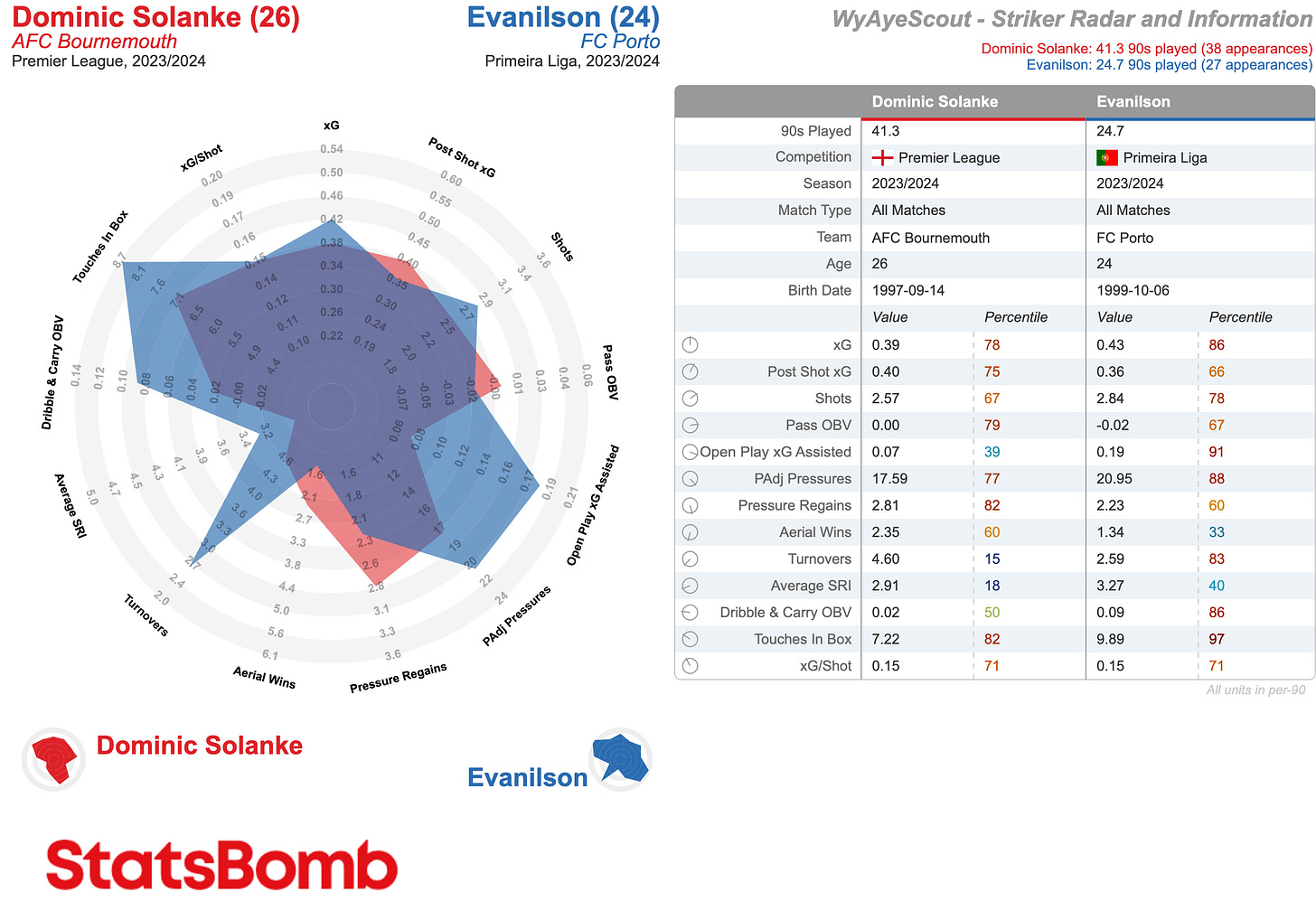
These analyses are fab, Kev, there’s a real gap in the media for pre-game insight of this quality. Thank you.
Brilliant, Kev